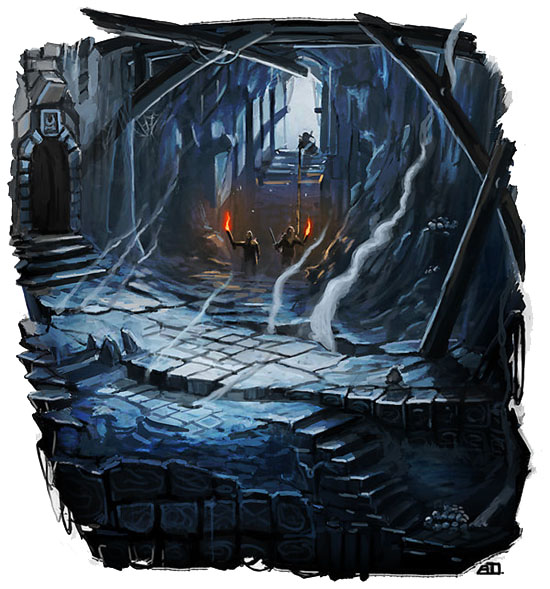He sees you when you’re sleeping
He knows if you’re awake
He knows if you’ve been bad or good
So you’d better be good for goodness’ sake…
– Haven Gillespie, “Santa Claus is Coming to Town”
This lyric is deliberately ironic wordplay and incredibly clever.
First, you have to understand that “for goodness’ sake!” is a euphemistic replacement for the curse “for God’s sake!”. (Similar to the also common “for Pete’s sake!”)
The immediate syntax of the line itself, as you note, carries the meaning that you should be good for the sake of doing good (“do good for goodness’ sake”).
The juxtaposition of the line with “he knows if you’ve been bad or good”, however, calls that interpretation into question and reveals the ironic nature of the line: It’s not “do good for the sake of goodness”, it’s “for God’s sake, do good because the fatman knows what you’re doing!”.
The ironic use of the phrase “for goodness’ sake”, however, also calls attention to the fact that the euphemism is replacing the identity of God. We note, therefore, that this conception of Santa Claus as an omniscient arbiter of morality to whom we perform certain rites and rituals (writing of letters, leaving out a sacrifice of milk and cookies, etc.) raises him to a sort of primitive godhood. As the lyric replaces the identity of God, so does Santa Claus replace the identity of God. Our “worship” of Santa Claus is, in fact, a form of idolatry.
And the prohibition against idolatry is, in fact, why we use euphemisms like “for goodness’ sake” instead of God’s name.
Seeing that God is hidden in the lyric, however, reveals another layer of meaning: The ironic construction of the line is designed to highlight an ideological conflict between “you should do good because it’s good” and “you should do good because otherwise you will be punished by an omniscient power”. And that’s a philosophical criticism which applies whether you’re talking about “coal in a stocking” or “being sent to Hell”.
It’s not just a playful jab at the panopticon mythology of Santa Claus. It fundamentally questions the dichotomy of religious belief in beneficent higher powers that will ruthlessly punish you if your cross them.
Most people, of course, won’t consciously plumb the rhetorical depths of the song like this. But what makes it an effective and memorable lyric is that pretty much everybody can sense the strong ironic tension in it. It may do nothing more than amuse you; but in that amusement the song has caused you to smirk at one of the major underpinnings of most religious faith.

 1. Species that simply prefer living underground (either because they fear the sun like the drow or because they love the dark like the dwarves).
1. Species that simply prefer living underground (either because they fear the sun like the drow or because they love the dark like the dwarves).










